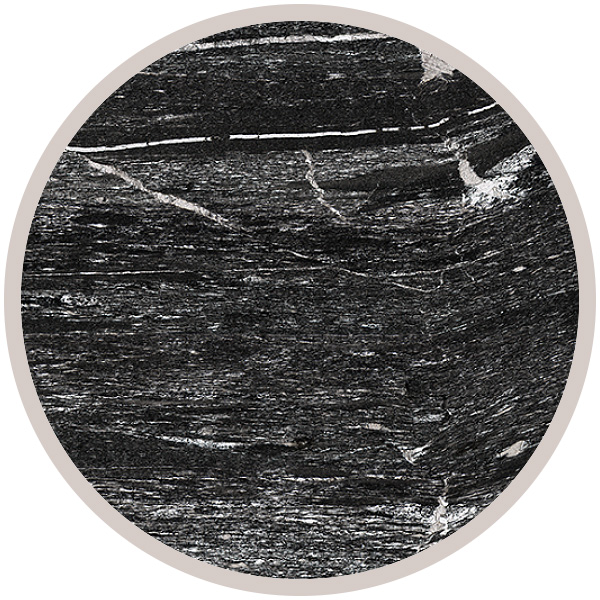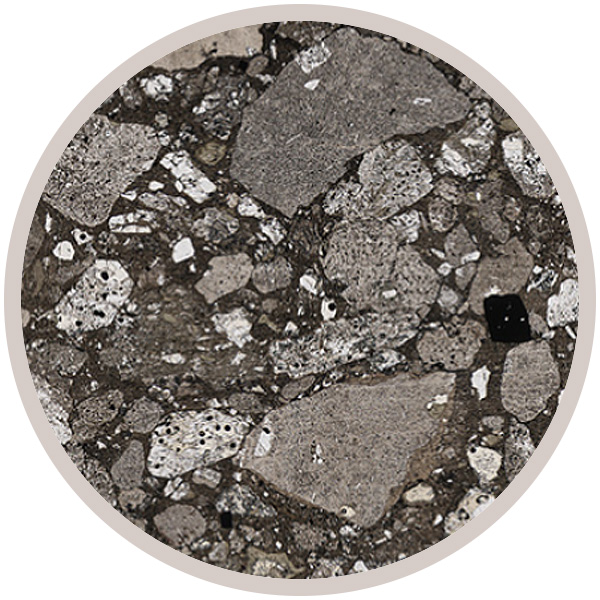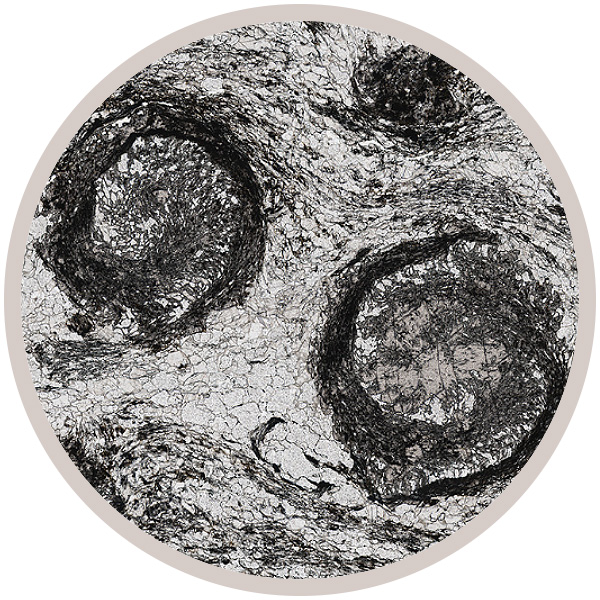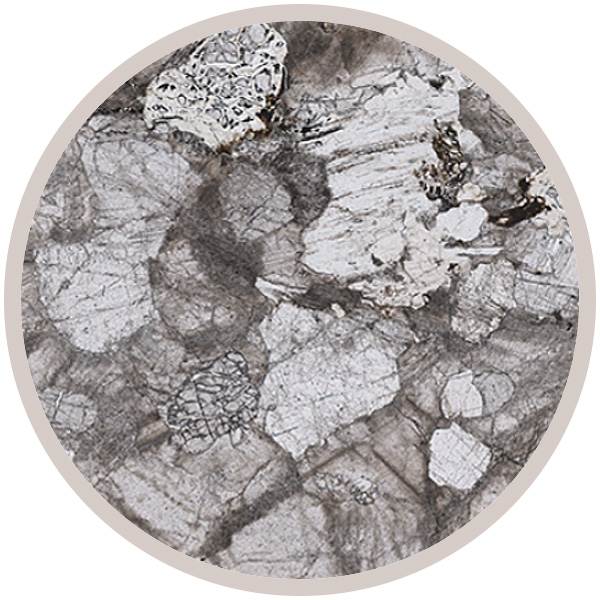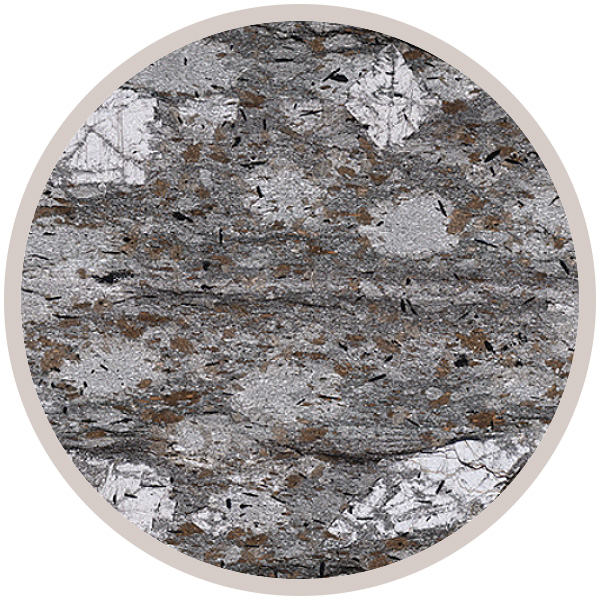Leeds 08 - Penrith Sandstone
Collection:
Leeds
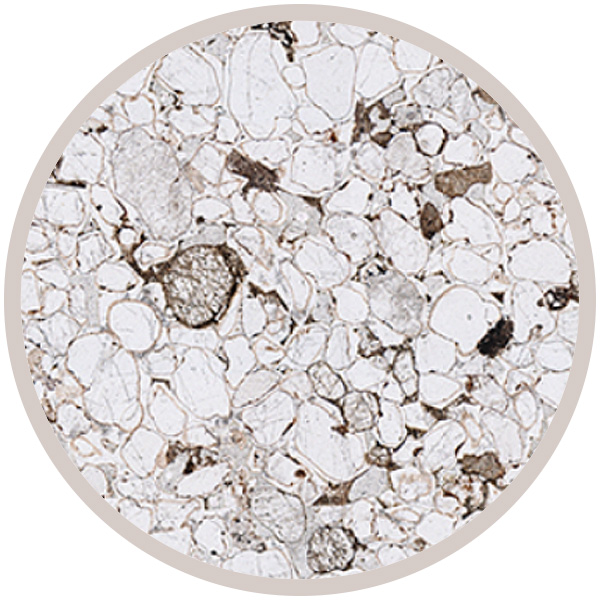
Click the microscope button to view a
thin section for this sample.
MicroscopeClick the microscope button to view a thin section for this sample.
MicroscopeFact sheet
Leeds 08 - Penrith Sandstone
Sedimentary rock
Map
53.807597, -1.556754
About this collection
This collection of virtual thin sections is the result of a collaboration between earth scientists at Leeds University and The Open University. The collection consists of 20 slides from the Leeds teaching collection, including igneous, metamorphic and sedimentary rocks.
Sample details
We would like to thank the following for the use of this sample:

